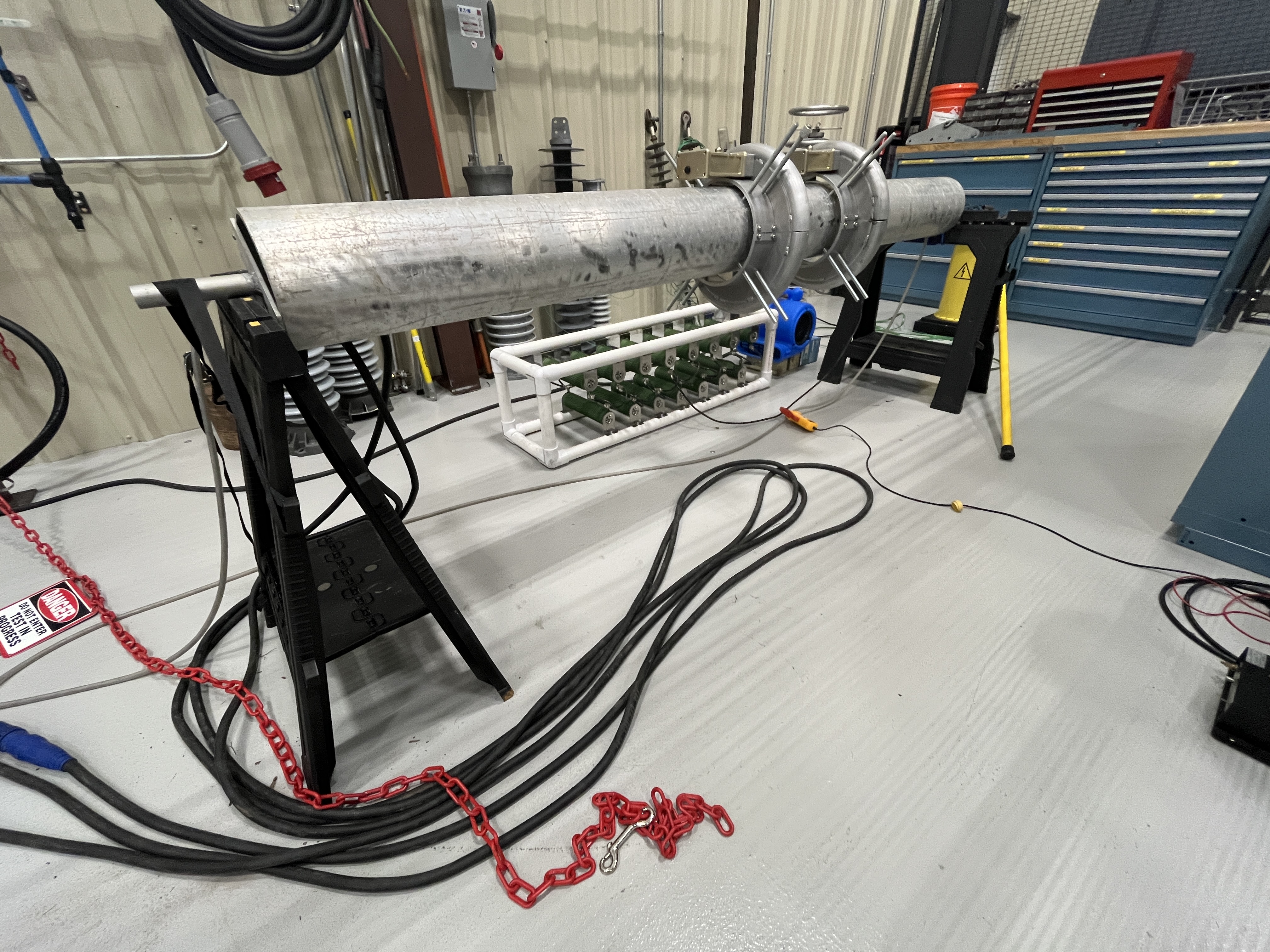EPRI GIC Monitor: Use case
The problem:
Power utilities face significant challenges from geomagnetically induced currents (GICs), which can cause transformer overheating, misoperation of protection devices, and even potential blackouts. These issues are exacerbated during geomagnetic disturbances caused by solar storms and coronal mass ejections. The primary problem being researched is how to effectively monitor and mitigate the impact of GICs on the power grid to ensure stability and reliability.
RF monitoring approach:
The RF monitoring approach involves installing the GIC RF Monitor on both energized and deenergized conductors. For energized conductors, the device harvests power from the a.c. currents, while for deenergized conductors, it uses battery packs or solar panels. The monitor is designed to measure both a.c. and d.c. currents and analyze harmonics up to the 7th order. This setup allows for continuous and comprehensive monitoring of GICs, providing real-time data to system operators.
Lessons learnt:
From the research and practical applications, it was learned that the GIC RF Monitor is highly effective in providing accurate and real-time data on GICs. The harmonic analysis capability proved crucial in diagnosing potential issues before they escalated. Additionally, the flexibility in power options for deenergized conductors ensured that monitoring could continue uninterrupted, regardless of the conductor’s state. These insights have helped utilities better understand the behavior of GICs and improve their mitigation strategies.
Status:
Currently, research and projects involving the GIC RF Monitor are ongoing, with several utilities and research institutions actively using the device. Studies have shown promising results in improving situational awareness and decision-making during geomagnetic disturbances. The latest status indicates that the device is being integrated into broader grid monitoring systems to enhance overall grid resilience and reliability.


